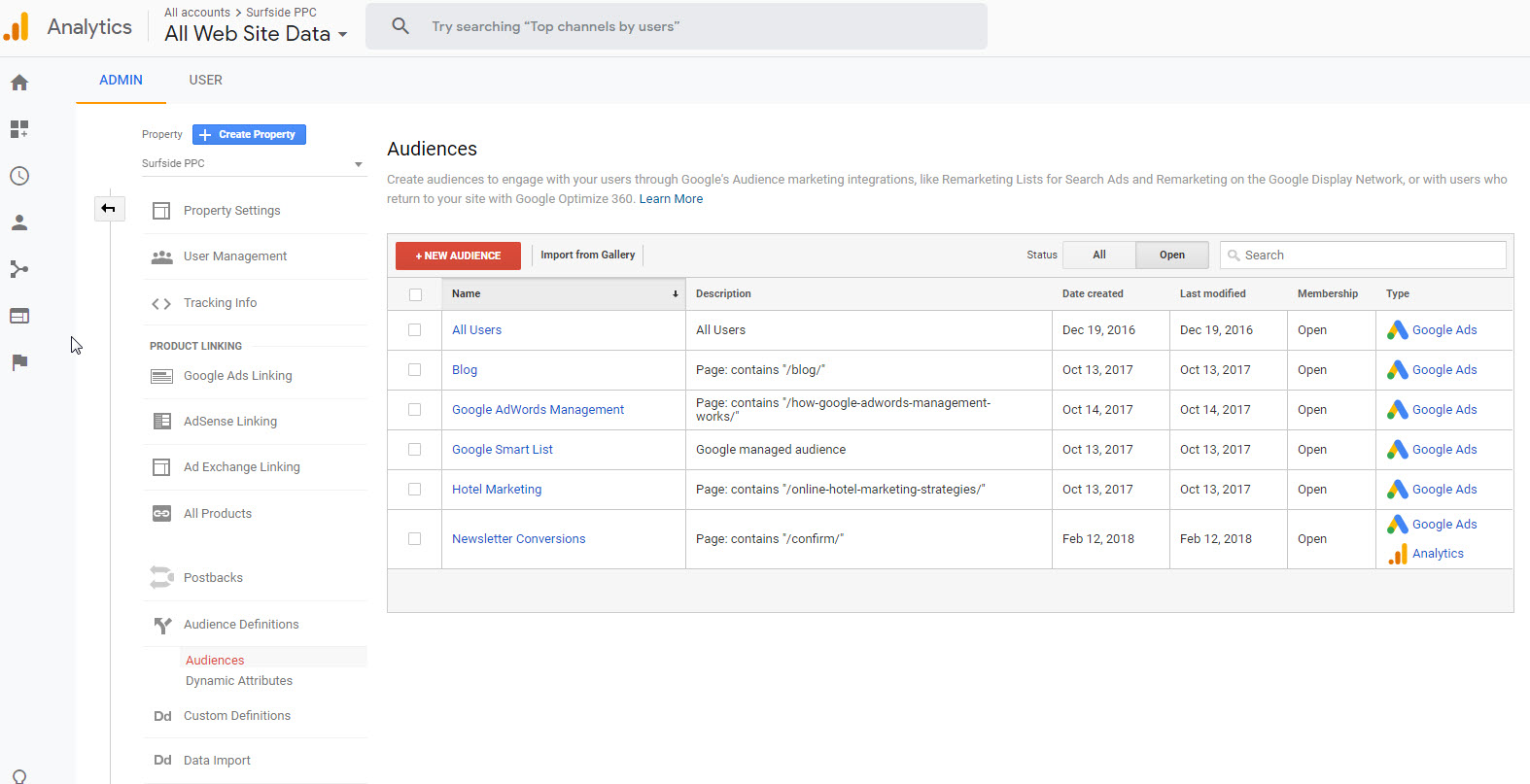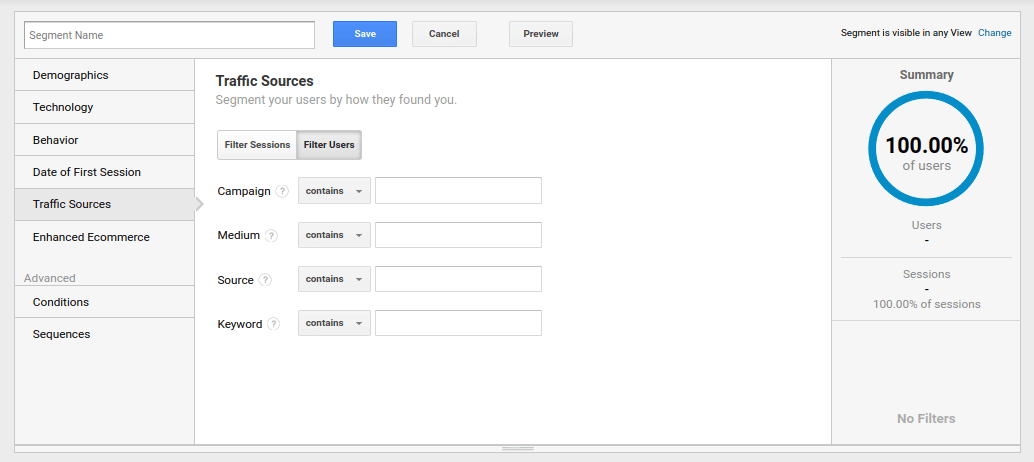Maximize Your ROI With Remarketing in Google Analytics
In the realm of electronic advertising and marketing, the utilization of remarketing techniques within Google Analytics has shown to be a potent tool for enhancing return on investment. By utilizing the power of user data and tailoring advertisements to specific target market sectors, organizations can significantly amplify their conversion prices. Nonetheless, the actual key lies in the art of precision - understanding user habits, crafting engaging advertisements, and continually refining strategies to drive ideal results. The journey to taking full advantage of ROI via remarketing is a nuanced course paved with insights and possibilities that can reshape the trajectory of your marketing ventures.
Recognizing Remarketing in Google Analytics
Recognizing remarketing in Google Analytics is essential for enhancing your electronic advertising and marketing approach. Remarketing permits you to target individuals that have previously seen your web site or engaged with your application, providing them with tailored ads as they browse other sites or make use of other apps within the Google Display Network. This strategy helps maintain your brand name top of mind and motivates users to return to your site, ultimately increasing the likelihood of conversion.
By making use of Google Analytics, you can track the efficiency of your remarketing projects, getting important insights into customer habits, interaction, and conversions. This data allows you to improve your targeting, messaging, and bidding process techniques to enhance the total performance of your campaigns.
Additionally, understanding the different kinds of remarketing checklists available in Google Analytics, such as basic, vibrant, and similar target markets, permits you to produce very segmented and tailored projects tailored to specific customer sections. This degree of granularity can considerably enhance the significance and impact of your remarketing efforts, inevitably maximizing your return on investment.
Setting Up Remarketing Lists
To effectively carry out remarketing projects in Google Analytics, the preliminary step involves developing and configuring remarketing lists targeting details individual segments based on their interactions with your site or application. By establishing remarketing lists, you can tailor your advertising initiatives to reach customers that have actually already shown rate of interest in your services or items.
To start, browse to the Admin section of your Google Analytics account and choose the Home where you wish to create the remarketing checklist. Then, under the Residential or commercial property column, click 'Audience Definitions' and select 'Target markets.' Next off, click on the red 'New Audience' button and choose 'Produce New' to define the criteria for your remarketing listing.
Crafting Efficient Remarketing Advertisements

When crafting your advertisements, concentrate on creating attention-grabbing headlines and compelling visuals that stick out to possible clients. Integrate strong calls-to-action that urge individuals to revisit your site and finish a preferred action. Make use of vibrant remarketing to reveal individualized advertisements including product and services that individuals have actually formerly checked out on your site.
Additionally, make sure that your ads are mobile-friendly given that a significant portion of web traffic originates from mobile tools. Examination different advertisement variants to determine which designs and messages drive the very best outcomes. By continually refining and maximizing your remarketing advertisements based on efficiency data, you can optimize their performance and enhance your return on investment.
Analyzing Remarketing Performance

With Google Analytics, marketing experts can track the performance of their remarketing projects in real-time, enabling them to determine patterns, patterns, and locations for improvement promptly. By evaluating the data, marketers can establish which ads are doing well, which target market sections are responding positively, and which networks are driving one of the most conversions. This degree of granularity allows online marketers to make data-driven choices to optimize their remarketing projects for better outcomes.
Maximizing ROI With Remarketing
Evaluating remarketing information in Google Analytics makes it possible for marketing experts to identify possibilities for maximizing return on financial investment (ROI) via calculated modifications - What Is “Remarketing” In Google Analytics?. To make best use of ROI with remarketing, it is important to understand the actions of your target market. By assessing user interactions, such as the web pages they saw, the products they saw, or the activities they handled your site, you can customize your remarketing campaigns better
Segmenting your target market based on their actions allows you site to produce tailored and targeted ads that are more probable to reverberate with them. By showing appropriate ads to specific segments of your target market, you can enhance the possibilities of conversion and ultimately enhance your ROI.
In addition, examining various advertisement creatives, messaging, and deals can aid identify what reverberates best with your audience. A/B screening permits you to try out different components of your ads to identify what drives the highest possible involvement and conversion prices.
Final Thought
In final thought, making best use of ROI with remarketing in Google Analytics calls for a calculated technique to examining individual behavior, segmenting target markets, producing tailored advertisements, and maximizing project efficiency. By leveraging data-driven insights and evaluating different approaches, organizations can boost their remarketing initiatives to drive higher involvement and conversion prices. This methodical technique guarantees that sources are effectively designated towards making the most of returns on investment in remarketing projects.
Next off, click on the red 'New Audience' button and pick 'Create New' to define the specifications for visite site your remarketing list.
By continually refining and enhancing your remarketing ads based on efficiency information, you can optimize their efficiency and improve your return on financial investment.
By diving into these understandings, marketing experts can get a thorough understanding of just how their remarketing initiatives are resonating with their target audience and driving conversions. To maximize ROI with remarketing, it is vital to understand the habits of your target market.In verdict, optimizing ROI with remarketing in Google Analytics requires a critical method to assessing user habits, segmenting target markets, producing customized advertisements, and enhancing project efficiency.